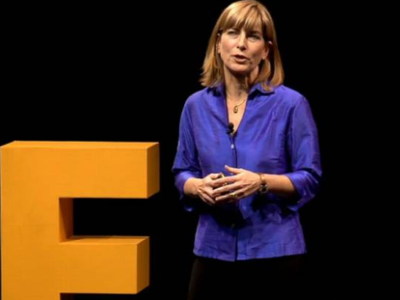
1. 100,000 homes so far
Teams of volunteers across the country hit the streets early in the morning to put a name and a face to the long-term homeless in their communities. The volunteers started canvassing at 4 a.m., combing the streets to gather names, photographs, and stories of the people sleeping there. They searched for the people at the highest risk of dying from being on the streets. Once they identified the most vulnerable people, they offered them a home.
That was the 100,000 Homes campaign’s approach to eliminating homelessness in communities across the country for the past four years, and it worked. In June, one month before their deadline, campaign organizer Community Solutions announced that its more than 230 partnering cities, counties, and states had surpassed the goal of placing 100,000 people in homes in just four years.
It was a bold goal. In the traditional housing placement system, it often takes more than a year to work through the multiple agencies, treatments, and counseling requirements to secure a home. The process is intended to ensure that government subsidies for housing go to the people best prepared to receive them.
The 100,000 Homes campaign flipped this paradigm by offering housing first. Once housed, people received supportive services to deal with substance abuse, mental illness, and joblessness. The housing first method is quicker, and it’s successful. Studies show that two years after receiving supportive housing for free, more than 80 percent of people were still living in a home instead of on the street.
Community Solutions isn’t stopping with 100,000 homes. Next January, the organization will launch Zero: 2016. This new national campaign will target the elimination of all chronic and military veteran homelessness, one home at a time. It’s another bold goal, and they just might do it.


